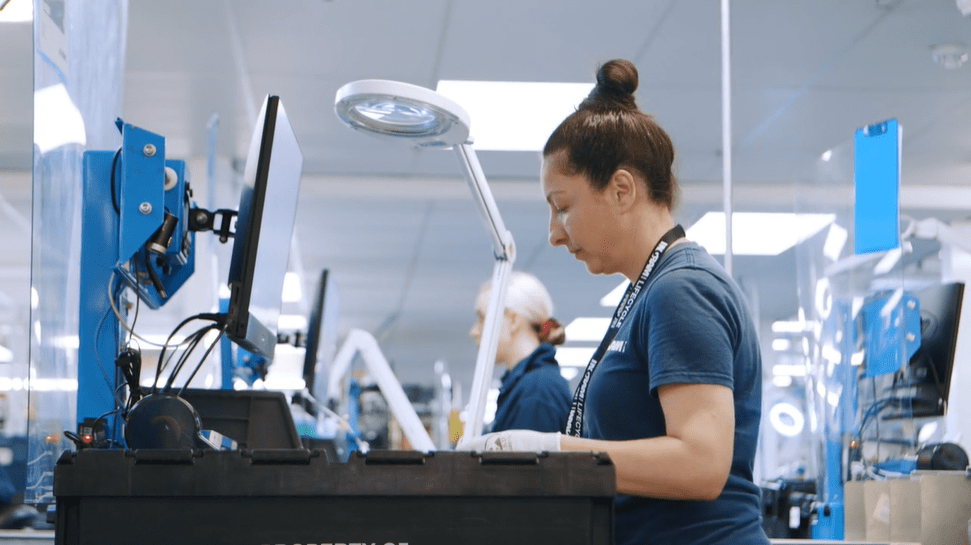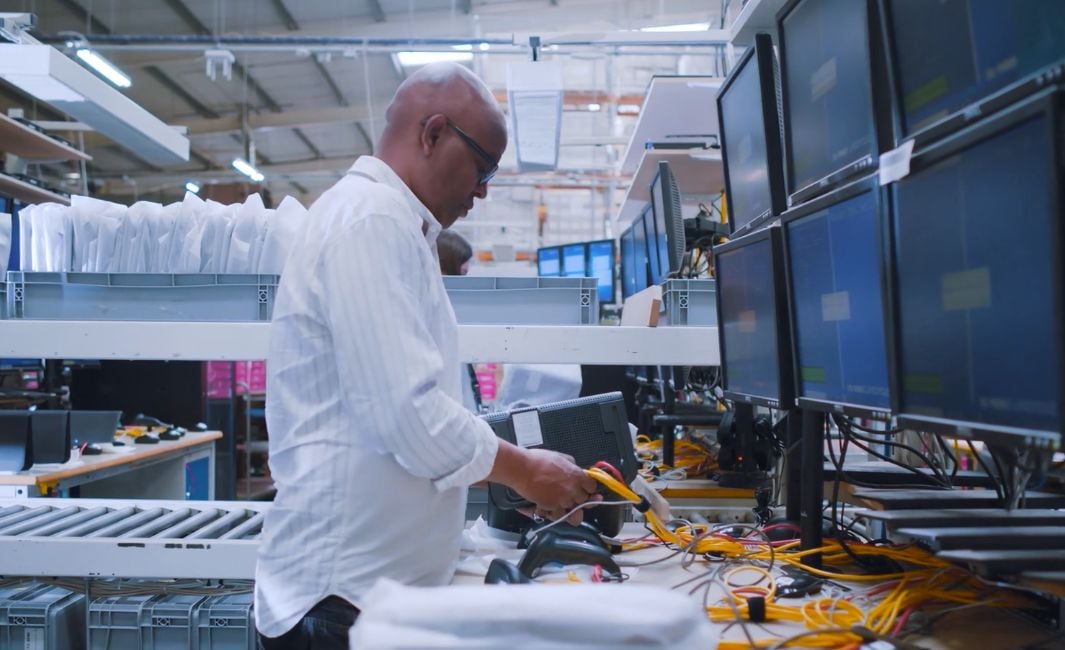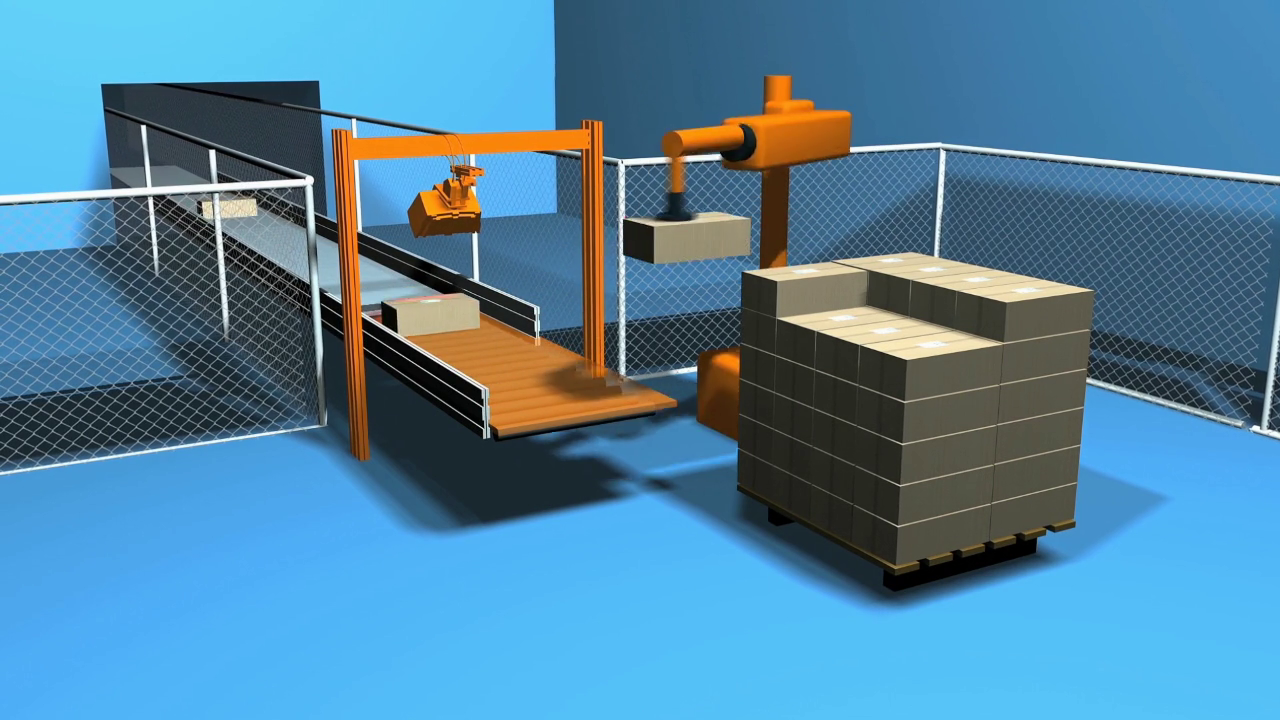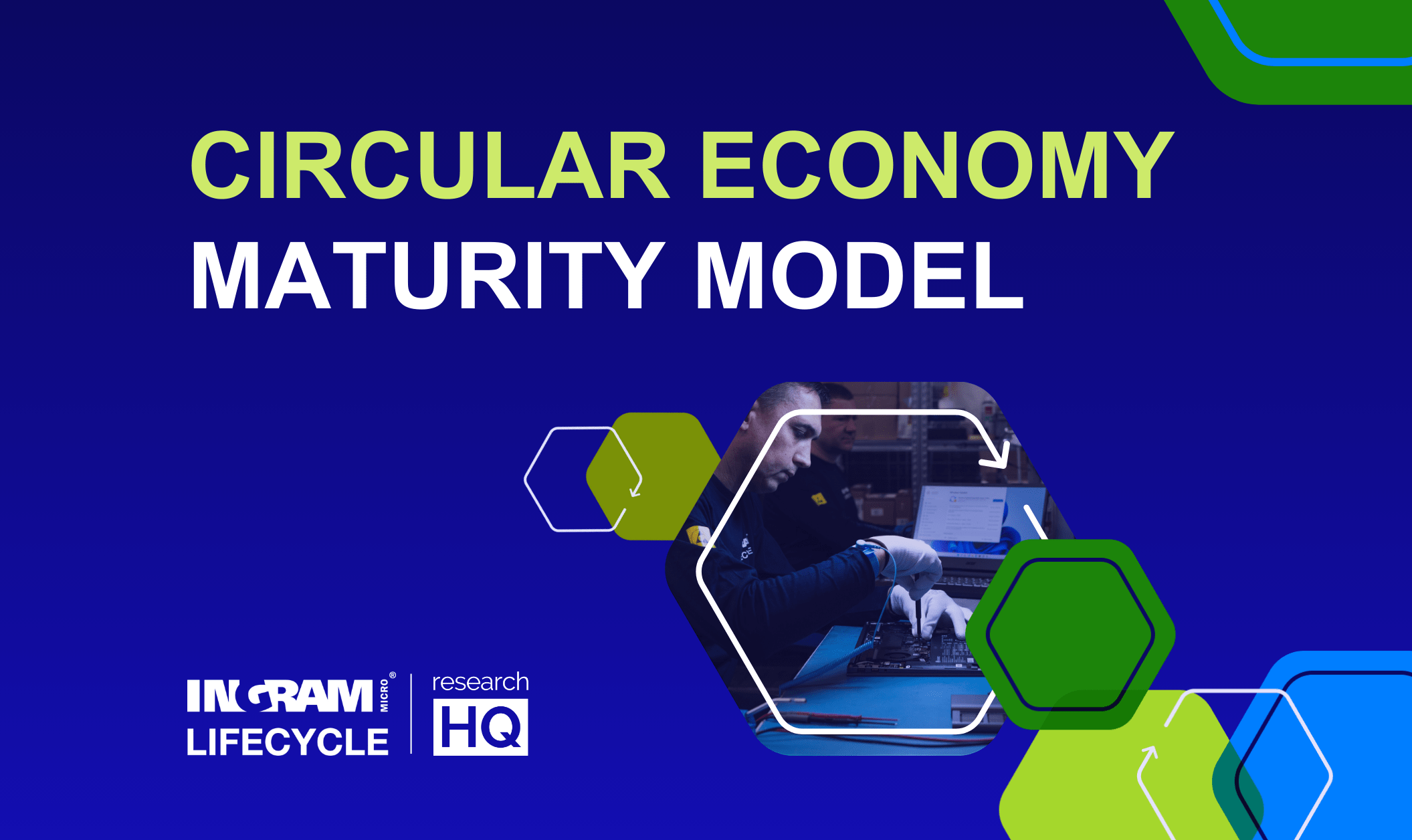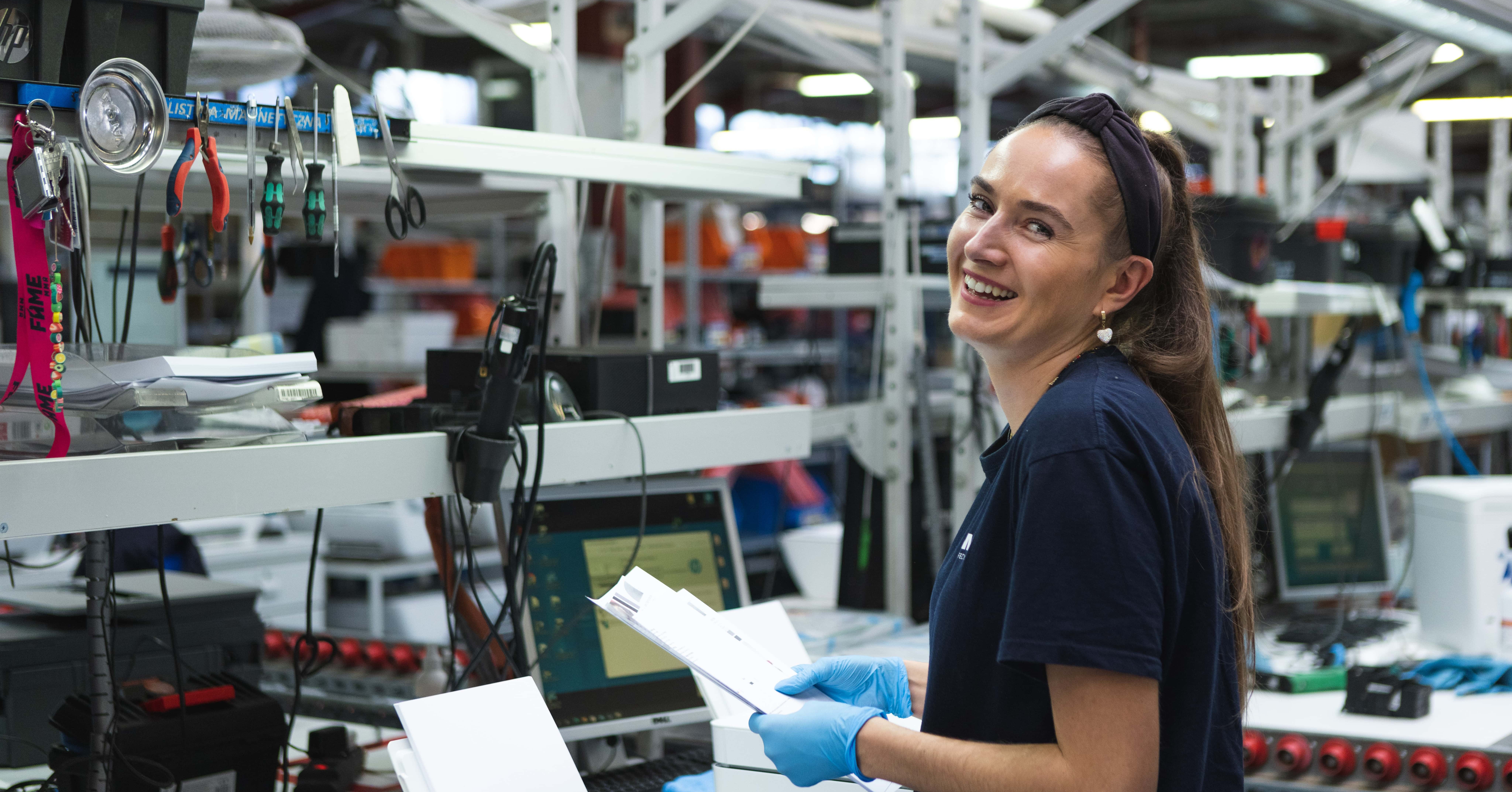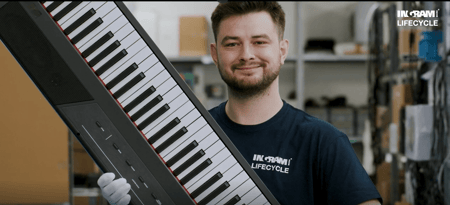Looking to enhance value recovery from product returns while reducing waste?
Product returns are an inherent part of today’s technology landscape. However, with the right approach, returns can become a strategic revenue stream and contribute to greater sustainability. Efficient reverse logistics can significantly boost value recovery for electronics manufacturers, retailers, and insurers by minimizing depreciation and optimizing refurbishment processes.
Ingram Micro Lifecycle delivers integrated solutions that encompass every stage of the returns journey, from advanced returns management through to upgrading product quality and maximizing value. Once assets are recovered, we leverage our extensive recommerce network to unlock demand for second-life products.
In this article, you’ll see how efficient reverse logistics increases yield on reusable returns, turning these assets into recurring revenue, and elevates your sustainability performance.
Combatting depreciation
Depreciation refers to the loss of value over time. Several factors affect depreciation, including:
- starting value
- estimated lifetime
- market demand
- model version/obsolescence
High-value products tend to depreciate more, but they also retain some value longer. Efficient reverse logistics can combat depreciation by quickly moving products through the supply chain, ensuring they reach the market while still valuable.
By employing repair and refurbishment services, businesses can extend the useful life of products and slow down the depreciation process. This helps in recovering maximum value from returned products.
Maximizing value recovery through rapid processing
Efficient reverse logistics is essential for maximizing value recovery from electronic product returns, serving as a cornerstone for competitive advantage in today’s fast-moving distribution landscape. Rapid, well-coordinated processing is critical. This prevents seasonal or market-driven depreciation, and ensures inventory is positioned for optimal resale or refurbishment. For example, high-demand electronics such as fitness trackers peak in value during certain times of year (particularly due to those new year, new me, resolution-setters). If reverse logistics processes cannot keep pace, the risk of excess inventory, markdowns, or obsolescence rises sharply. In parallel, rapid advancements in technology mean that even a brief delay can render devices less relevant, decreasing recovery rates and reducing available resale channels.
Yet, the pursuit of speed must be balanced with an unwavering focus on quality. Recovering the highest possible value from returned electronics depends on maintaining high-quality yield rates throughout inspection, triage, and refurbishment activities. Operations often face challenges, such as insufficiently trained staff, inconsistency in handling protocols, limited visibility into inventory status, unclear or overly manual processes, and unplanned downtime due to machinery faults. Each of these factors can introduce bottlenecks or errors that cascade through the reverse logistics cycle, ultimately diminishing recoverable value.
To counter these challenges, organizations should prioritize robust training programs, implement standardized quality checks, and leverage data-driven inventory management tools to improve processing accuracy and transparency. Integrating automation and clear workflow documentation further reduces human error, accelerates decision-making, and boosts overall throughput. By addressing these common obstacles proactively, companies can significantly enhance reverse logistics performance, thus transforming returns from a source of friction into a proven driver of value recovery and customer satisfaction.
Uplifting product value through advanced refurbishment techniques
Innovation and agility are key to refurbishing products cost-effectively and sustainably. Introducing invasive and non-invasive refurbishment techniques is crucial to maximizing potential cost recovery.
Non-invasive techniques include cosmetic improvements like cleaning, reboxing, and rekitting. These are ideal for nearly-new products requiring minimal work.
Invasive techniques involve more intensive repairs, such as product stripdown and using donor parts. For example, replacing a broken smartphone screen or reprinting laptop keyboards. These methods not only restore functionality but also uplift the product's value, making them more attractive for resale.
By complementing your reverse logistics process with these additional repair and refurbishment tactics, you're able to improve the quality and function of products, boosting their market value.
The role of automation
Automation plays a significant role in making reverse logistics processes repeatable and scalable. Automated systems reduce human bias by screening returns against set criteria, ensuring consistency in quality. Enhanced cleaning techniques and robotic assistance in repetitive tasks improve overall efficiency and working conditions for technicians.
Moreover, automation in non-intrusive refurbishing and testing can significantly speed up processing times, reducing errors and ensuring higher recovery yields.
The advancements in technology we can leverage in reverse logistics reduce errors and increase the efficiency of the end-to-end processing.
Enhance reverse logistics to maximize value
By implementing efficient reverse logistics and advanced refurbishment techniques, businesses can contribute to a circular economy, reducing the environmental impact of electronic waste, whilst recovering residual product value.
With over three decades of experience, Ingram Micro Lifecycle delivers end-to-end reverse logistics on a global scale. Working with OEMS, insurers, retailers, and network operators, we streamline technology inventory and maximize reuse opportunities wherever feasible.
Contact us today to discuss how our efficient reverse logistics solutions can recover maximum product value for you.
Related articles:
- Video: demystifying recommerce
- 5 factors that increase product depreciation
- 4 automation improvements for reverse logistics
- 9 key reverse logistics factors that affect value recovery
- How to recover value from smartphones with damaged screens
- How does speed in returns processing influence value recovery?
- Techniques for uplifting value on returned products


